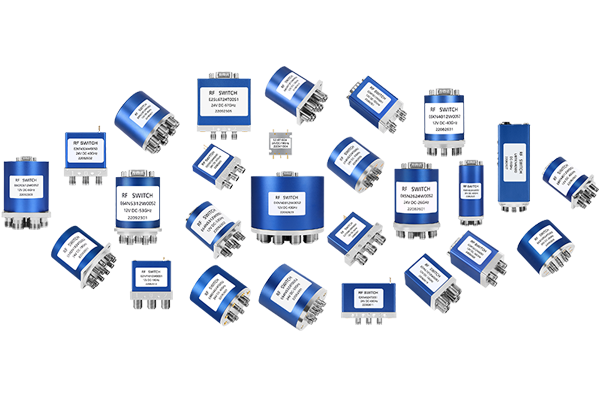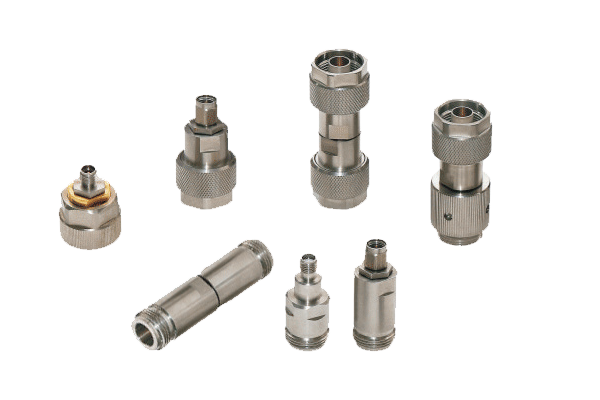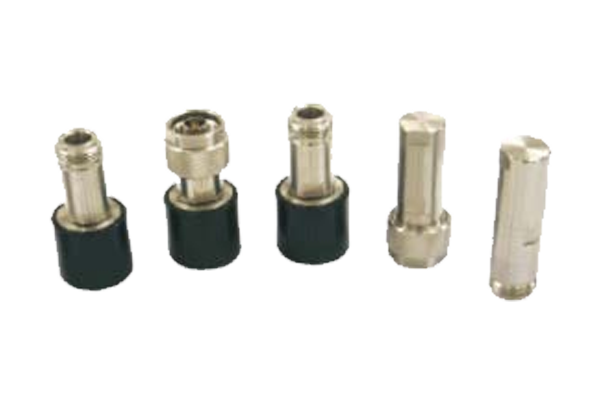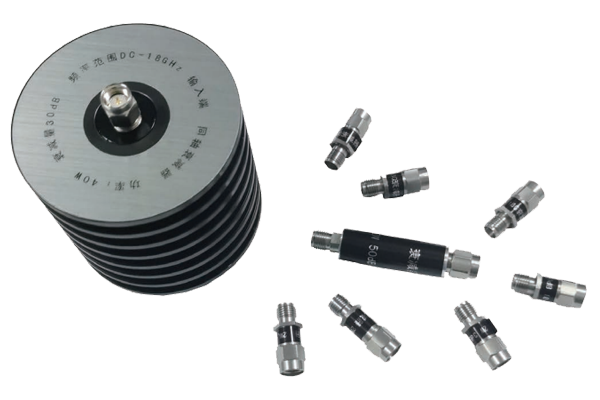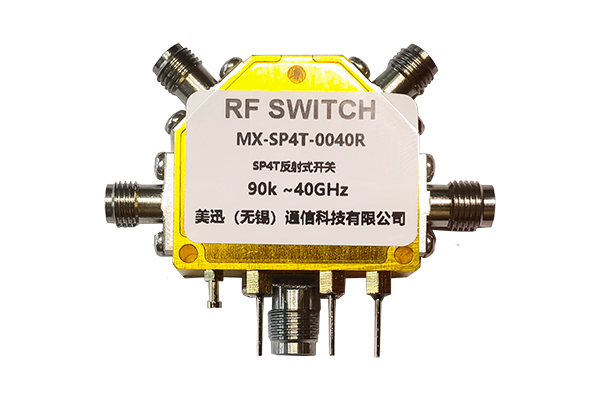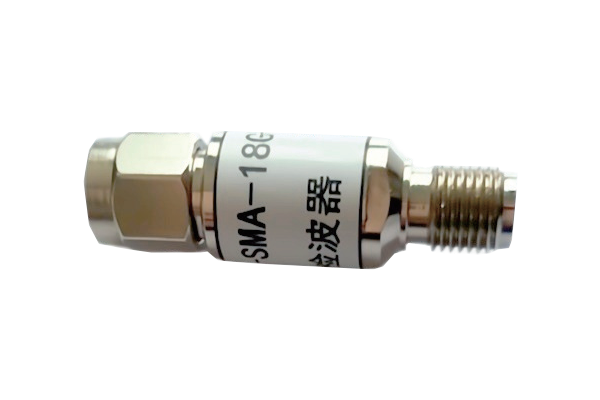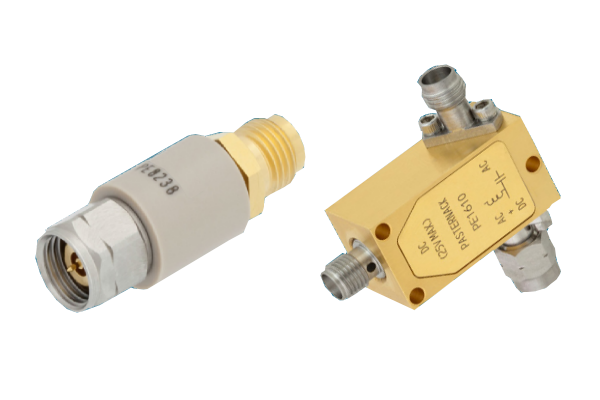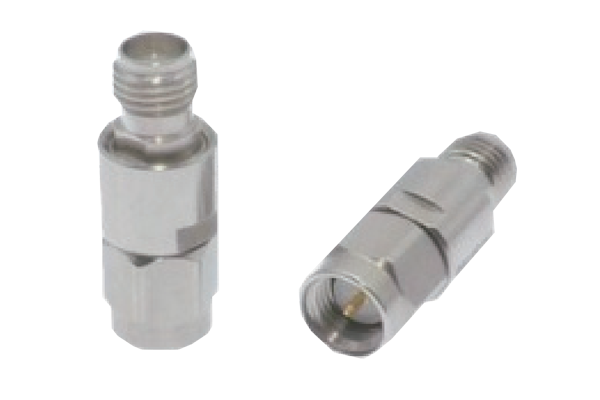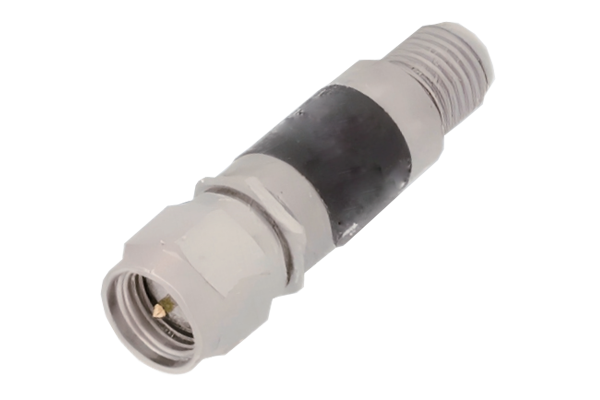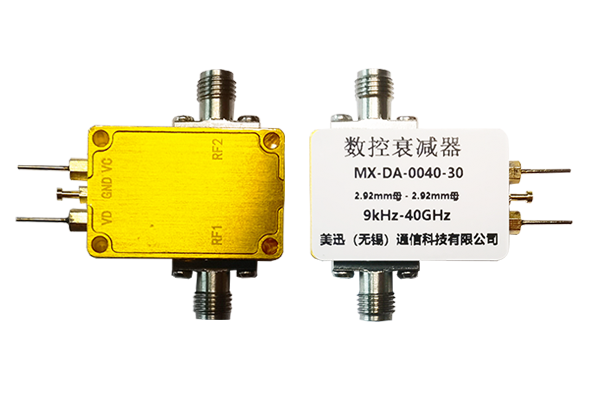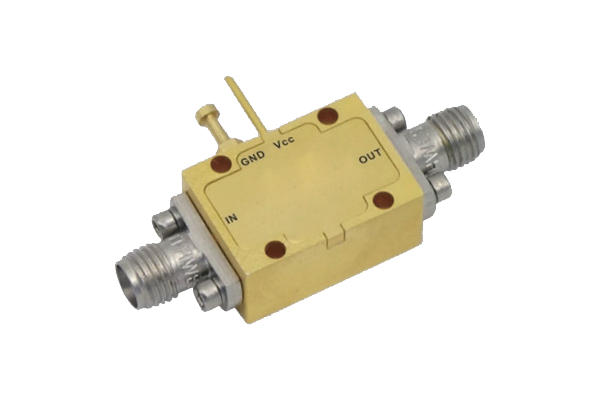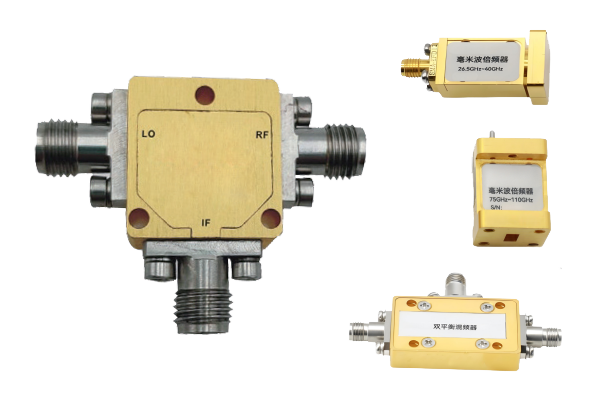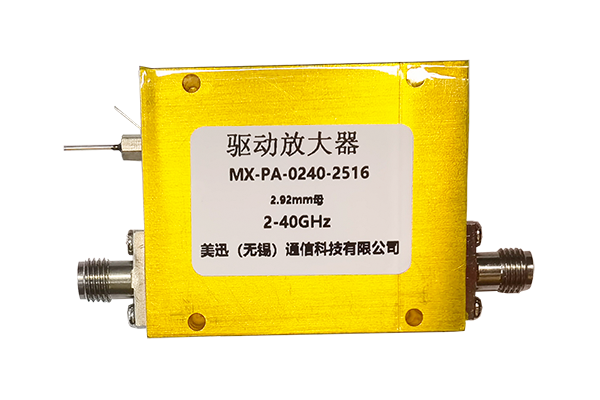What are the functions of the integrated RF Low Noise Amplifier
RF Low Noise Amplifier Features
Key integrated functions that enhance wireless communication systems
1. Improving Signal Reception Sensitivity
- Amplifies weak RF signals received by the antenna
- Boosts signals to a processable level for subsequent circuits
- Significantly improves weak signal detection capability
- Enables capture of signals from farther or weaker sources
2. Reducing the Impact of Noise Interference
- Features low noise figure as a core characteristic
- Reduces self-noise generation during amplification
- Minimizes interference with the original signal
- Maintains signal purity during amplification
3. Ensuring Signal Linearity and Stability
- Maintains original signal waveform without distortion
- Preserves signal characteristics despite input fluctuations
- Provides stable performance in various environments
- Avoids gain fluctuation or self-oscillation
4. Impedance Matching
- Ensures smooth integration with upstream/downstream circuits
- Prevents signal reflections from impedance mismatches
- Adapts to circuits such as antennas and mixers
- Ensures efficient and stable signal transmission
5. Expanding RF System Functionality
- Integrates gain control for dynamic adjustment
- Allows mode switching between operating modes
- Enables selection of optimal modes for multi-band devices
- Improves functional flexibility and applicability



